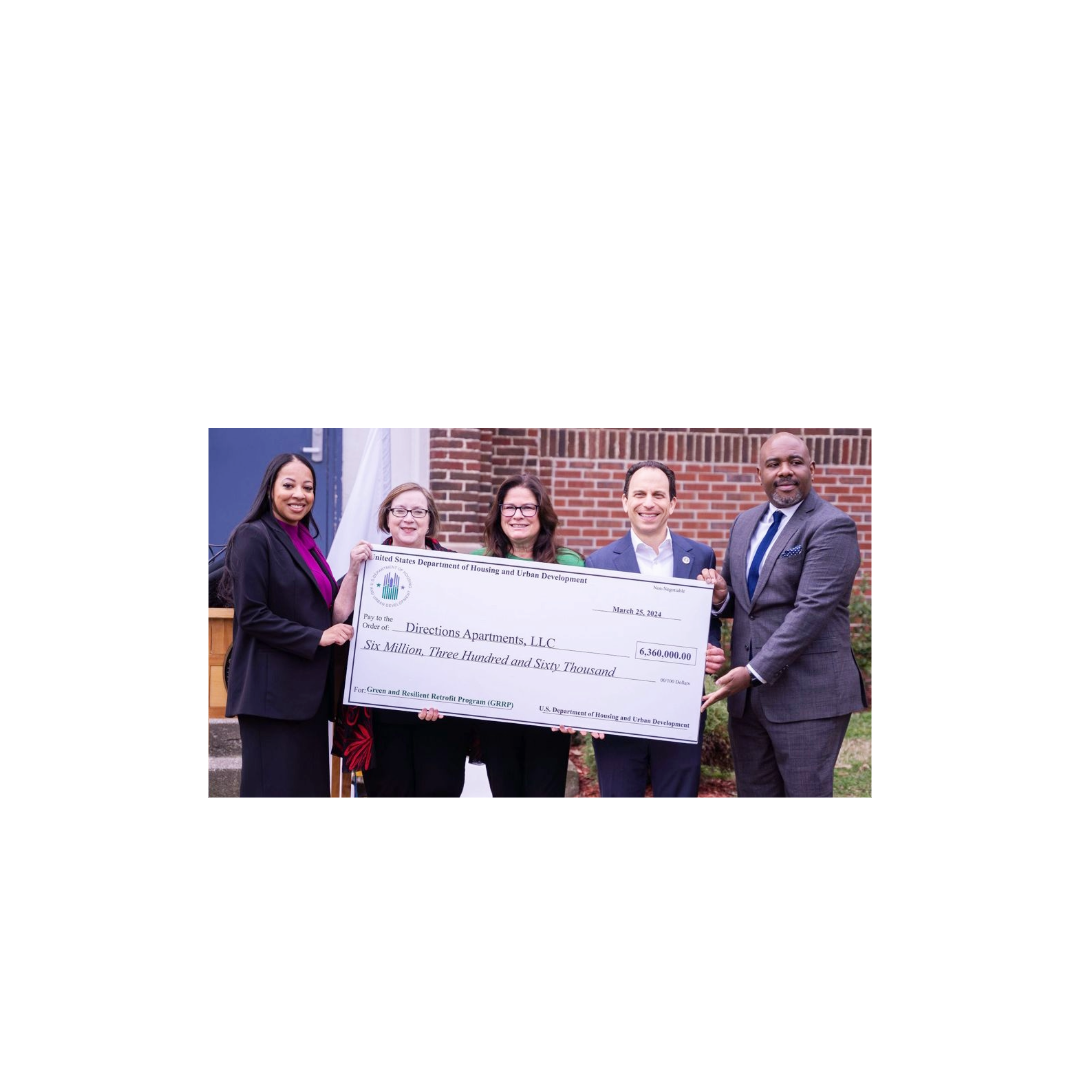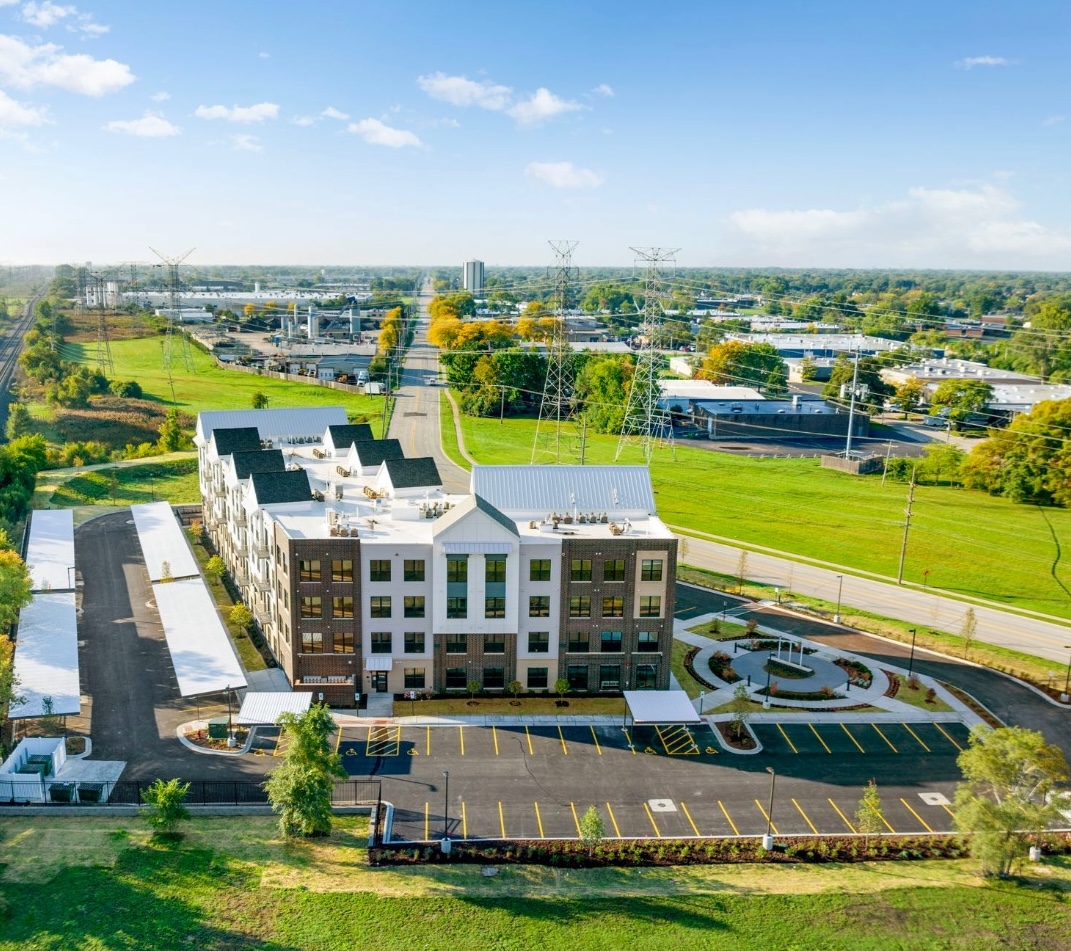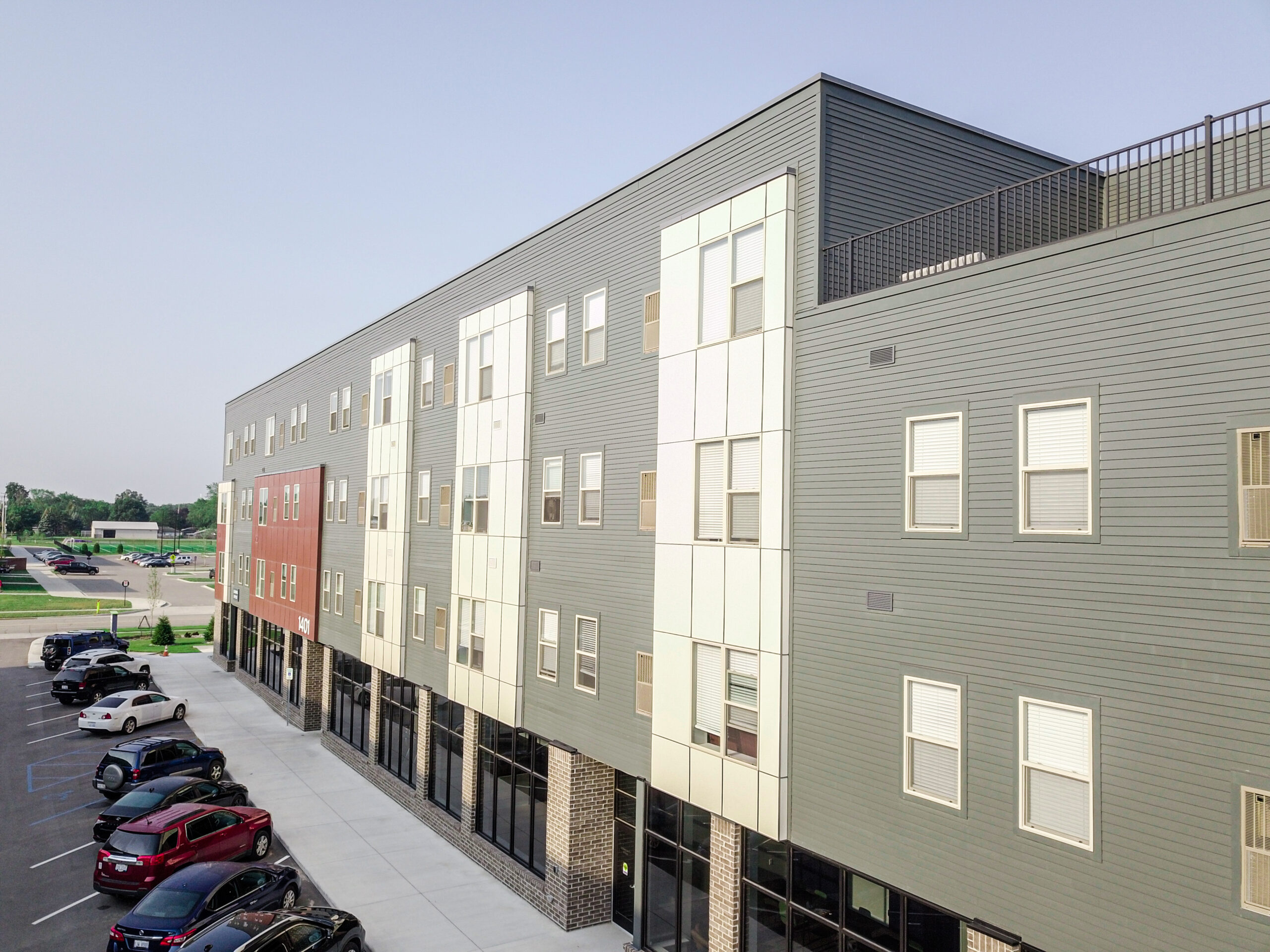by Josh Hahn
Preservation Rehab
While creating new affordable units is critical in addressing the crisis of housing affordability in the United States, preserving existing affordable units must not be overlooked. A property’s affordability does not exist in perpetuity. Whether via a HAP contract or the low-income housing tax credit (LIHTC) affordability restrictions, buildings are often subject to only 15- or 30-year periods of affordability.
What does this look like in reality? Per HUD, 3.24 million LIHTC units were placed in service between 1987 and 2019. The scale of this program is immense and has touched countless lives across the country. Additionally, project-based Section 8 vouchers support nearly 2 million individuals; another 5 million are helped by a tenant-based voucher. There is no doubt that the magnitude of housing preservation within the affordable housing industry carries with it great social and economic significance.
HDJ successfully supports both national and local affordable housing developers in the redevelopment and rehab of their existing properties. Whether the property is a high-rise or garden-style, refinanced with 9% or 4% tax credits, or is designated for seniors or families, HDJ knows what it takes to keep these projects moving.
Existing Conditions Review
Performing an initial site visit is typically the first priority upon a new project launch. HDJ architects and engineers visit a property to observe and document its existing conditions. Concurrently, HDJ design team professionals analyze and review pertinent programmatic and design standards, including the state Qualified Allocation Plan (QAP), design and construction standards, and accessibility implications. The design team also downloads its findings and on-site documentation; with a quick turnaround, HDJ develops a high-level scope of work and project understanding that is shared with the owner and contractor.
In-House MEP and Interior Design
Tax credit rehabs typically include moderate or cosmetic alterations, categorized as like-for-like replacements. As a result, engineering and interior design services tend to be a tad more restrained in scope, especially when they are compared to new construction developments. This does not mean they are subordinate to the project’s success. Affordable housing efforts are increasingly required to meet sustainability standards and building certifications while meeting more extensive minimum scopes of work. With both MEP engineering and interior design in-house, HDJ efficiently and quickly deploys resources to address related issues that arise.
OAC Relationship
Ultimately, the one of the smost important element to a successful rehab project is the relationship between the owner, architect, and general contractor; a relationship that needs to be forged from the beginning of the project. Working in sync to define scope and meet schedule milestones is paramount. For example, while delivering a drawing set on-time is the architect’s responsibility, a timely review and pricing exercise with the owner and general contractor’s active participation is vitally important. The efficient transition from design to construction is another key example of a a successful OAC partnership.
HDJ is a leading national design firm providing architectural and engineering expertise to support the affordable housing industry throughout the United States. HDJ’s diverse portfolio includes successful outcomes with preservation rehab, adaptive reuse renovation, acquisition rehab, new construction, historic preservation, and RAD.




